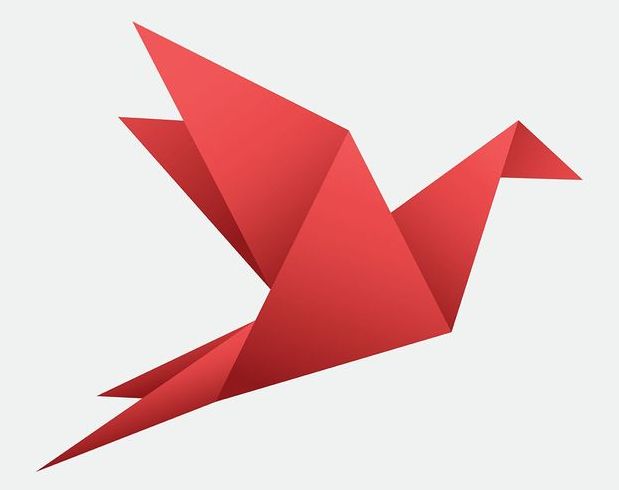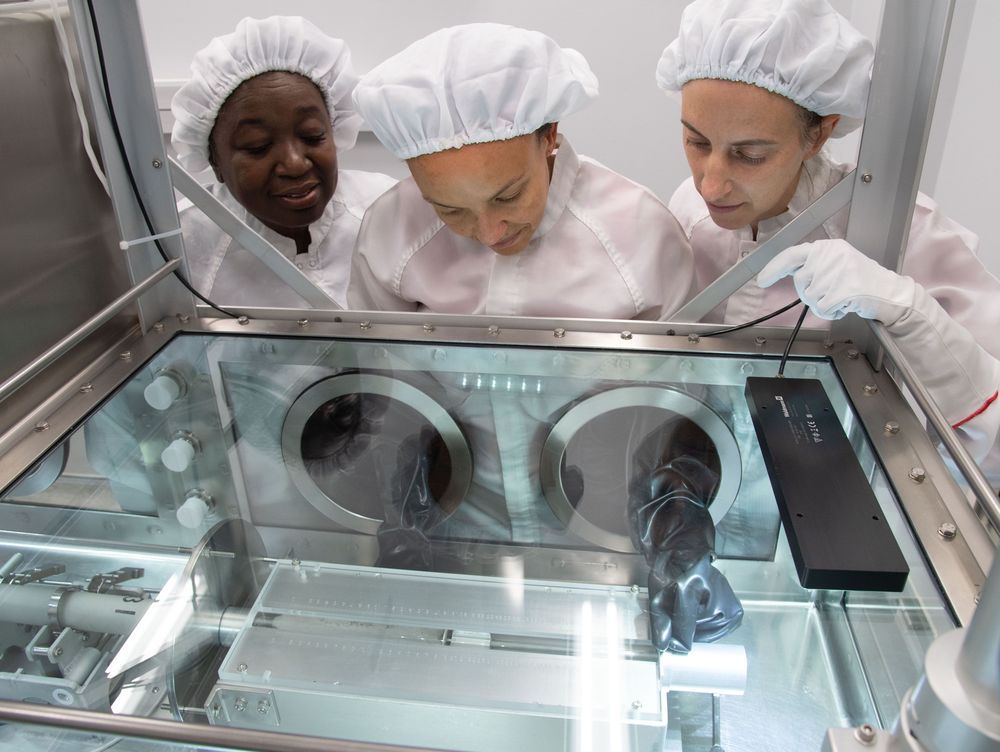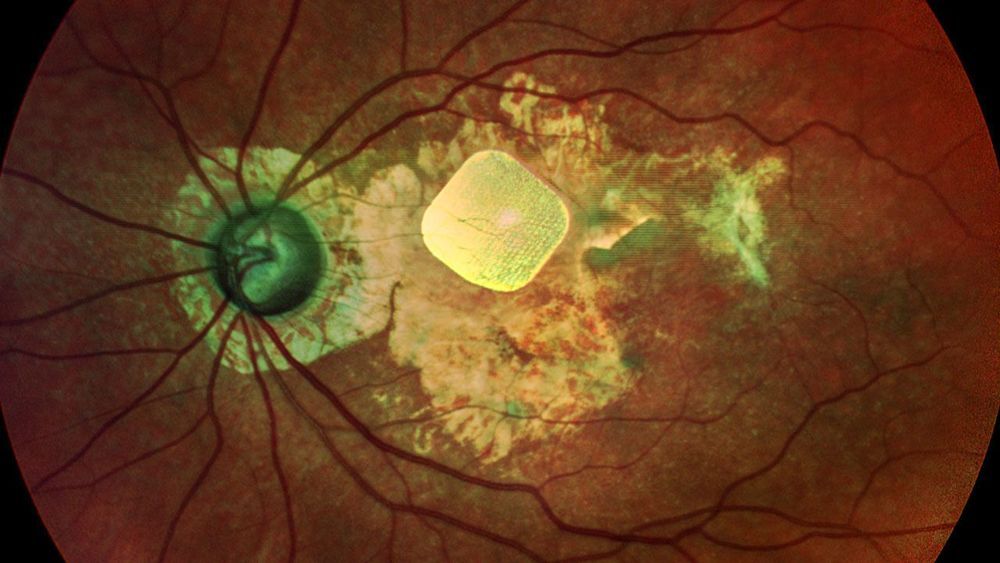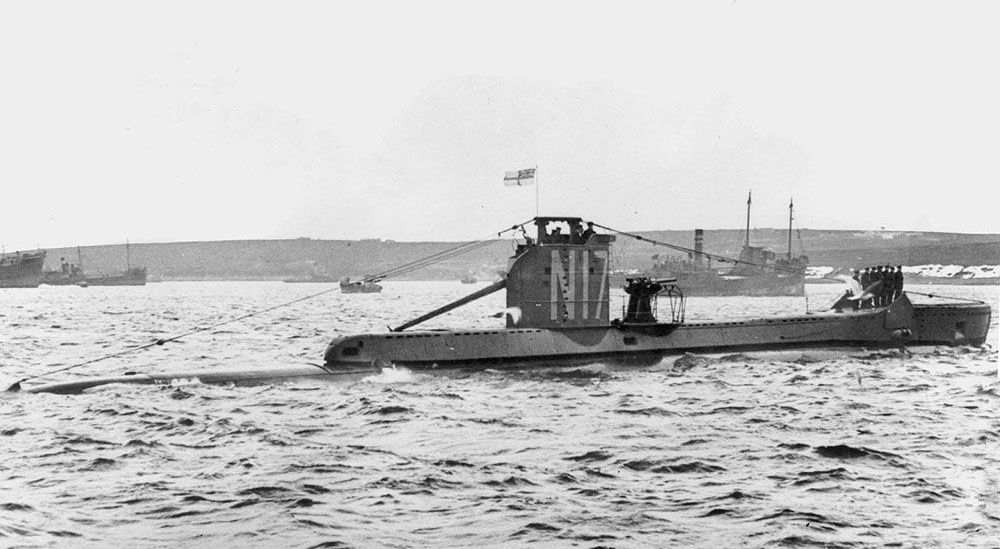In this interview, AZoNano speaks to Frank Deppe, Junior Group Leader for Superconducting Quantum Circuits at the Walther-Meißner-Institut, about QMiCS and the work that it does.
Can you give a brief overview European Quantum Technology Flagship Program ‘QMiCS’?
The project acronym ‘QMiCS’ means “Quantum Microwaves for Communication and Sensing”. QMiCS is one out of 20 projects which got funded in the highly competitive first call of the European Quantum Technology Flagship Program. Within this program, QMiCS is still a basic science project, where academic research groups collaborate with selected commercial companies. The main task of QMiCS is to explore the potential of non-classical propagating microwaves, whose behavior is controlled by the laws of quantum mechanics, for future applications and commercial exploitation.






